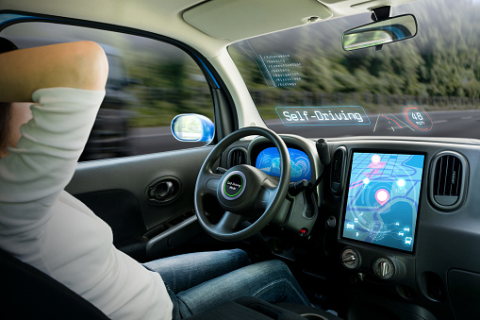

One of the true marques of the automotive industry, without a shadow of a doubt, is Mercedes. The German manufacturer combines lavish luxury with sheer uncontrolled strength and savagery. A premium brand with connotations of the pinnacle of engineering, it should come as no surprise that the automotive company from Stuttgart lays claim to some of the world’s greatest models of four-wheeled vehicles.
The Gelandewagen, or the G-Class, as it is more commonly known, is a grand SUV. Initially developed as military vehicle back in the late seventies, it has become synonymous with the affluent members of society throughout the world. Sharp edges and a bold frame sit outside the natural smooth ergonomic design of Mercedes-Benz. However, there is no denying that this is a fan favourite ‘the six-wheel model even became popular with the Pope. Meanwhile, the 300 SL model, recognisable from a movie series featuring a certain Mr Bond, was the car that helped bring Benz back after the Second World War. Without a doubt the most iconic vehicle in the Mercedes lock up, despite astounding capabilities on the race track and an exterior design which makes it look like it belongs on the winding roads of the French Riviera accompanying a Stella Artois advert, it wasn’t that that made the car so memorable. Gullwing doors, opening up as opposed to out, were a first ‘ but, despite what one may think, this wasn’t a style choice. In fact, the shape of the car’s chassis prevented conventional doors being included.
That said, Mercedes developers and engineers knew exactly how to get around a difficulty that stood in their way. They weren’t just problem solvers; they were innovators. This should hardly be surprising given the fact that Karl Benz, back in 1886, was patented with the rights to the development of the first ever car, a three-wheel vehicle, titled Motorwagen.
Following on from the immense achievement made by Benz more than a century ago, Mercedes has been at the forefront of technological innovation, with its cars staying one step ahead of competitors. In this article, we take a look at how the German manufacturer has kept a distance between themselves in and other automotive companies in the industry, maintaining the title of tech leaders.
ABS
Despite the fact the anti-lock braking system was initially invented by Gabriel Voisin in 1929, established to override the braking systems in aircrafts, it wasn’t until the 1970s, that a joint venture between Bosch and Mercedes saw the system introduced into production vehicles. Now, ABS, which helps the driver maintain control of the vehicle, is a standard feature on every vehicle following the introduction by Mercedes. The safety in vehicles was rapidly enhanced as a result.
The Airbag
It seems hard to imagine a world where airbags weren’t a common feature of a motor vehicle. Back in 1981, after more than a decade of development and testing, undoubtedly the world’s most crucial safety feature was finally introduced. Becoming a common feature in all Mercedes vehicles as of 1992, two years before the passenger side airbag was introduced, there is no denying that the airbag has transformed automotive health and safety.
Touch-Sensitive Controls
Ease of use is an increasingly important aspect of motoring, from electric windows to cruise control ‘ two features that, despite seeming fairly basic now, drastically enhance the driving experience. Back in 2017, Mercedes unveiled the tech features available on their next-generation E-Class, one of which is an innovative system which lets the driver control the infotainment system from the steering wheel using finger swipes. Not only is the system effortless and considerably safer than the alternatives, it was also an industry first when Mercedes rolled it out.
Imagination
Okay, so this isn’t simply one technologic innovation ‘ the F200 arrived the scene as a concept prototype awash with a plethora of gadgets. Helping form the basis of the design used in the S-Class and the CL-Class, the F200 imagination, interestingly, didn’t include side mirrors or your standard rear-view. Instead of these features that aid visibility, the F200 included four cameras mounted in the corners of the roof, and one additional camera fixed to the rear bumper.
The imagery from the cameras was displayed on a digital screen, located where one would usually find the normal mirror. Despite the fact cars in 2019 are still using mirrors, quite remarkably, the F200 started a revolution that would see parking cameras included in the vast majority of vehicles. Meanwhile, ambience was high up on the list of priorities of the F200, with an industry first lector-transparent glass roof, which, with the touch of a button, would morph from see-through to opaque.
Mercedes has always existed as an industry leader in regard to innovation in the automotive industry. From in-car safety to entertainment and enhancing the passenger experience, the German manufacturer has done it all, and often does so at a pace that rivals anyone else within the sector. The latest in their line of developments can be seen in the new Mercedes Gle, which features a head-up display, projecting all the necessary driver information onto the windscreen in front, meaning your eyes never have to come off the road.





